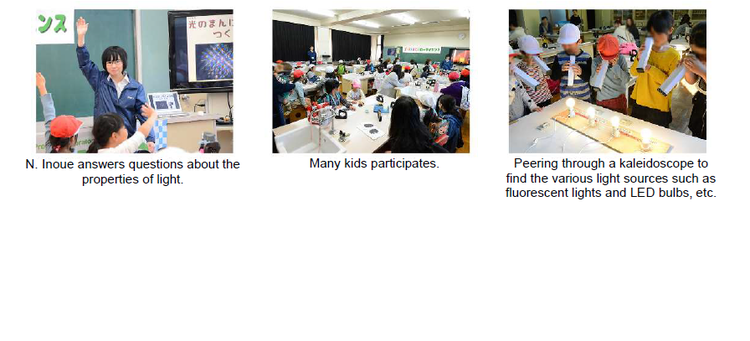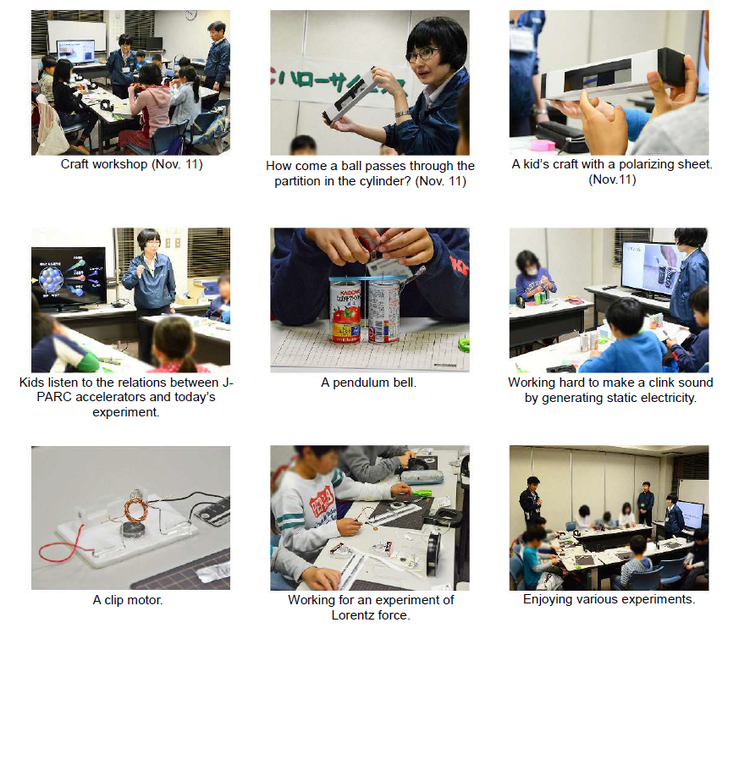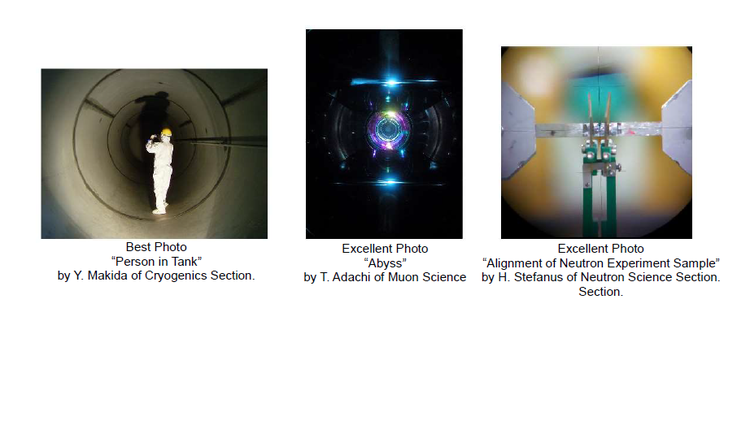J-PARC NEWS November 2019 (Issue #175)
■The 4th Neutron and Muon School and MIRAI PhD School 2019 (October 28 to November 2, J-PARC & IQBRC, Tokai Village)
From October 28 to November 2, the J-PARC Center and Comprehensive Research Organization for Science and Society (CROSS) held the 4th Neutron and Muon School and MIRAI PhD School 2019 in collaboration with 11 Japanese organizations including the Japanese Society for Neutron Science and the Society of Muon and Meson Science of Japan.
These events were co-sponsored by the MIRAI project*, a Sweden-Japan academic international consortium, and the participants included 41 graduate students and young researchers in a diverse range of specialized fields, such as life sciences, functional materials, and appraisal of cultural heritage. Participants hailed from Japan, Asia, and various countries of Europe, and through lectures and training using experimental instruments, the attendees deepened their understanding and knowledge of neutron science and muon science.
Dr. Kazuhisa Kakurai, President of the Japanese Society for Neutron Science (CROSS), acted as the school principal. He spoke of his own experience of joint research with schoolmates he participated with as a student, and greeted everyone with the message: "I hope, in addition to learning, you will deepen friendships with other participants." Naohito Saito, Director of the J-PARC Center, described his expectations for the school, and presented a general overview of J-PARC.
In the first half of the school, the teaching staff—made up of J-PARC researchers active on the front lines of the field, and university professors from Japan and Sweden—delivered 12 lectures on topics such as neutron science and muon science. There was also an inspection tour of the Central Control Building, Hadron Experimental Facility, and Neutrino Experimental Facility.
The second half focused on 10 neutron experimental instruments and 2 muon instruments at the MLF. Participants received training from the people in charge of the instruments, and each group gained practical experience in areas such as data analysis and instrument handling. On the final day, each group gave a presentation on the specifics of its training, and everyone involved voted for the Best Presentation Award. To help deepen interaction between participants, there were also self-introductions including research details and hobbies, and exchange of views through poster sessions. The school finished successfully, in an atmosphere of congeniality.
*The MIRAI Project is an international academic consortium with the primary objective of improving development, interaction, and research capabilities of young researchers. Seventeen universities from Japan and Sweden are participants in the consortium, and the objective is to be achieved by promoting joint research of the two countries.
■Held J-PARC Hello Science Events (November 6, 9, 11, 18, 25)
J-PARC Center frequently holds Hello Science events. In November, five events were held at elementary schools in Tokai Village and Naka City, and at the Tokai-Village Kids Science Club.
(1) At the science club of Tokai Village Nakamaru Elementary School —Static Electricity Experiments— (November 6)
In an experimental science class on the theme of static electricity, J-PARC accelerators and static electricity were explained through videos and other aids before the experiment, and it was shown how charged objects attract and repel each other. As a project, each participant then constructed a pendulum bell by hanging a thumbtack between two steel cans. Static electricity was generated with a vinyl chloride rod, and students observed the behavior of the thumbtack when the rod was brought close to the pendulum bell. Due to static electricity, the thumbtack struck the cans in short intervals, making a clinking sound, and the students shouted with delight.
(2) At the Kigisukko Festival — Creating Kaleidoscopes of Light — (November 9, Sugaya-Higashi Elementary School in Naka City)
Just like last year, an experimental science class was held as part of the Kigisukko Festival of Sugaya-Higashi Elementary School in Naka City, and topics like the properties of light were explained to the children through construction of kaleidoscopes made with spectral diffraction sheets. Many kids and their parents listened to the explanation of the properties of light, and enjoyed making the project. In the kaleidoscopes, patterns of stars, made by poking small holes in black paper, pass through the spectral diffraction sheet, and appear to sparkle in rainbow colors. With their finished kaleidoscopes in hand, the children used different light sources, such as fluorescent lights and LED bulbs, and experienced the different appearances while peering through their kaleidoscopes with great interest.
(3) At the Tokai-Village Kids Science Club — Amazing Light Experiments — (November 11), — Static Electricity Experiments — (November 18), — Electricity and Magnet Experiments — (November 25), Nakamaru Community Center in Tokai Village
The J-PARC Center held experimental science classes at the Kids Science Club organized by the Tokai Village Board of Education. The Kids Science Club was held to cultivate a spirit of inquiry toward science among children as part of the Tokai Education Plan 2020. Nine 5th-and 6th-grade students from elementary schools in the village participated in experimental classes on topics like light, static electricity, and electricity & magnets. On the first day, in light experiments using multiple polarizing sheets, the children were encouraged to think about a mysterious demonstration where a ball passes through a cylinder even though there appears to be a partition. The second day featured a static electricity experiment using a pendulum bell made with steel cans and thumbtacks, and the third day an electricity and magnet experiment, and a clip motor project. In a demonstration of Lorentz force, button magnets were arranged in a straight line between rails made by affixing aluminum foil to both ends of thick paper. A round pencil wrapped with aluminum foil was placed on top, and a battery connected to the rails, and when this was done the pencil rolled. The children experienced experiments with various themes, and eagerly worked on their projects.
■Held J-PARC Photo Contest
The J-PARC Photo Content 2019 was recently held, and 16 entrants from both inside and outside J-PARC submitted a total of 25 entries. An awards ceremony for the winning photos was held on November 14. The photographer Takashi Oikawa, who resides in Tokai Village, helped to choose the winners. One entry was chosen as best photo, two entries as excellent photos, and seven entries as good photos. The best photo was "Person in Tank" by Yasuhiro Makida, Leader of the Cryogenics Section. Dr. Makida noticed the back view and shadow of a worker during overhaul inspection of a helium tank. The winners will be exhibited for one year on the wall of the entryway to the J-PARC Research Building.





